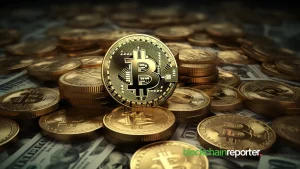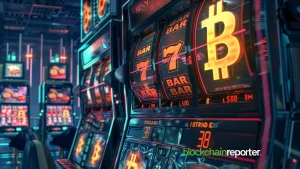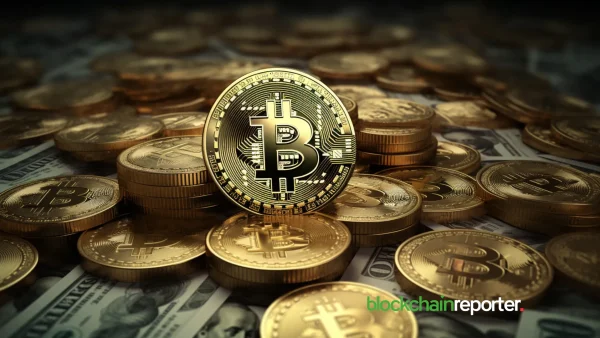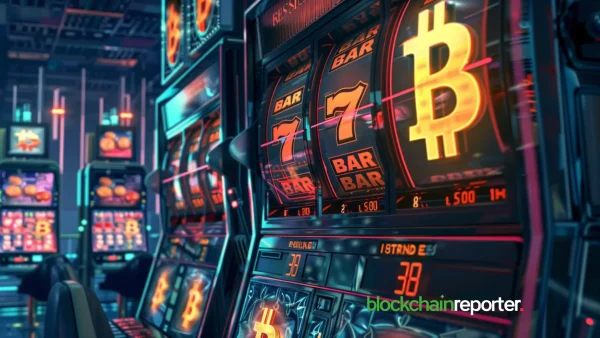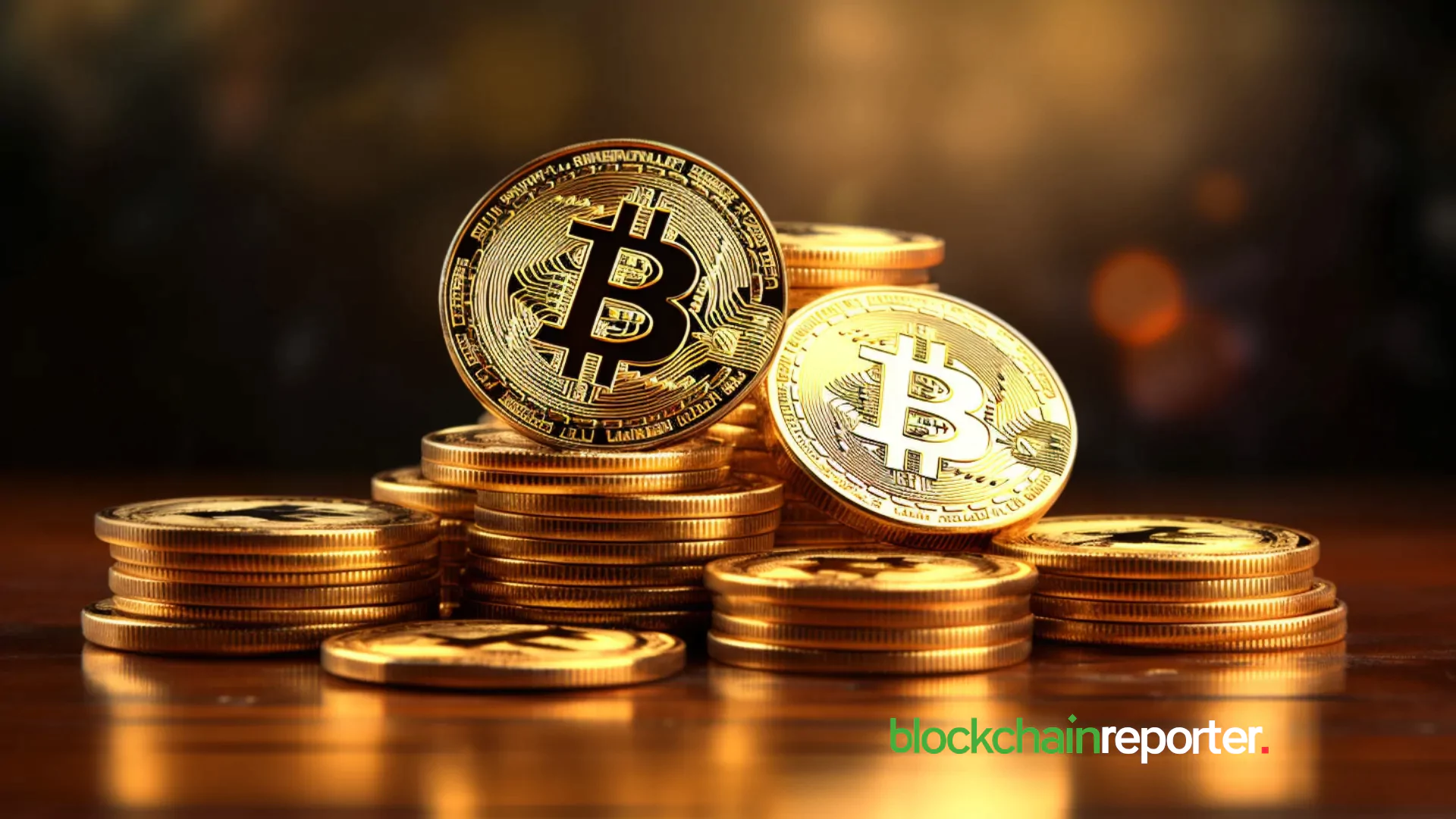
The latest Bitcoin ($BTC) market statistics have pointed toward another significant development. As per Glassnode’s data, the RHODL Ratio of Bitcoin is getting substantial attention for the potential to indicate crucial inflection spots in the price cycles. The crypto market intelligence firm discussed this development in a recent report.
RHODL Ratio of Bitcoin Signifies Likely Turning Point in Current Price Cycle
Glassnode’s data highlights the massive potential of RHODL Ratio of Bitcoin which suggests turning points. The respective metric draws a comparison between mid-cycle holders and new entrants. In this respect, mid-cycle holders include those holding $BTC for above 6 months and less than 2 years. On the other hand, the new entrants include those holding $BTC between a single day and 3 months. At present, RHODL Ratio is getting a noteworthy focus for the capability thereof to denote key inflection zones in the price cycle.
In line with Glassnode’s analysis, a heightened RHODL Ratio normally parallels market bottoms. The respective development takes place amid the accumulation of positions by long-term investors during downturns. Contrarily, a plunging ratio underscores the short-term speculative market activity’s increase. Such provisional participation is often associated with market tops. It reflects a spike in traders with the possibility to leave positions rapidly. This likely precipitates the potential for a correction to take place. At the moment, the trend represents a dip in the RHODL Ratio of Bitcoin toward the points that have formerly been seen during late-stage bull markets.
Present Pattern Raises Possibilities for Trend Reversal
According to the report from Glassnode, Bitcoin’s RHODL Ratio has not yet touched its ultimate lows. Thus, the present trend shows short-term holders’ relatively aggressive movement. This pattern goes in line with pre-top scenarios when short-term speculation’s influx can suggest the overheating of the market. The ratio’s further decline, followed by a successive rebound, could likely trigger an important turning point within the market cycle. This would imply the exhaustion of the positions of speculative traders, leading to renewed long-term purchase interest, highlighting a trend reversal.
